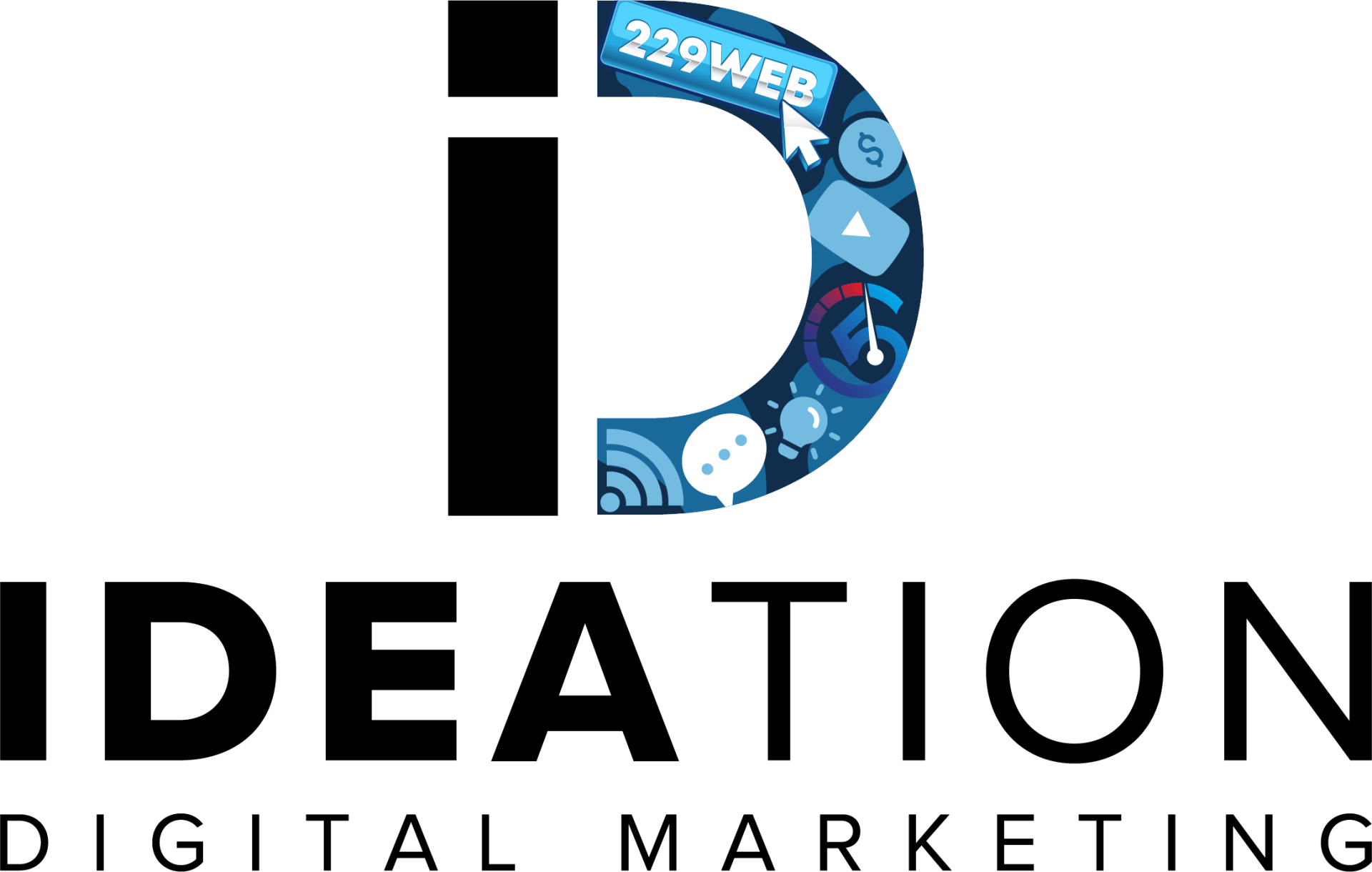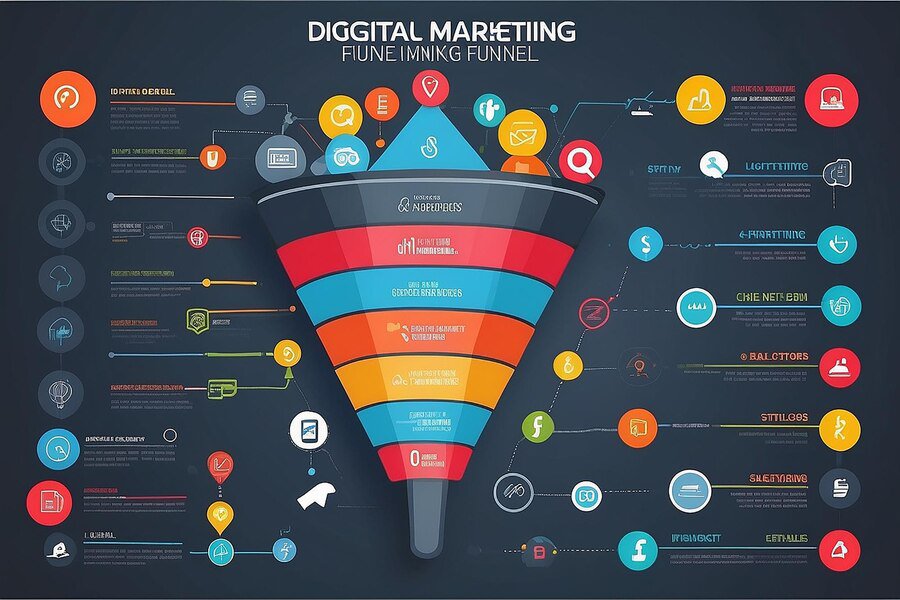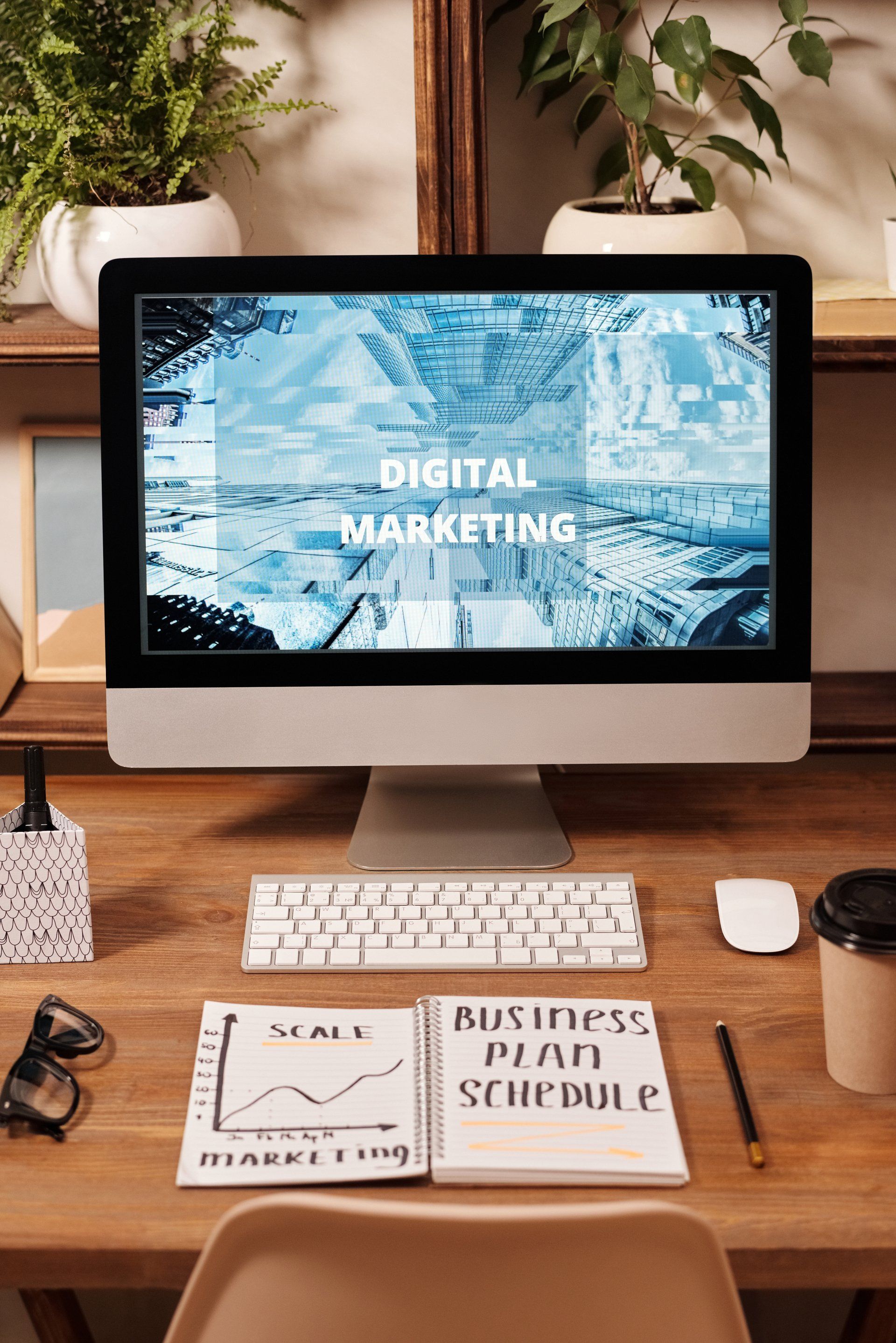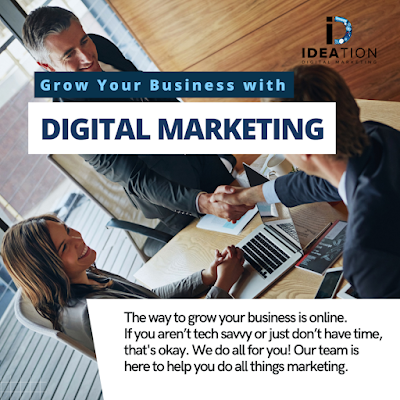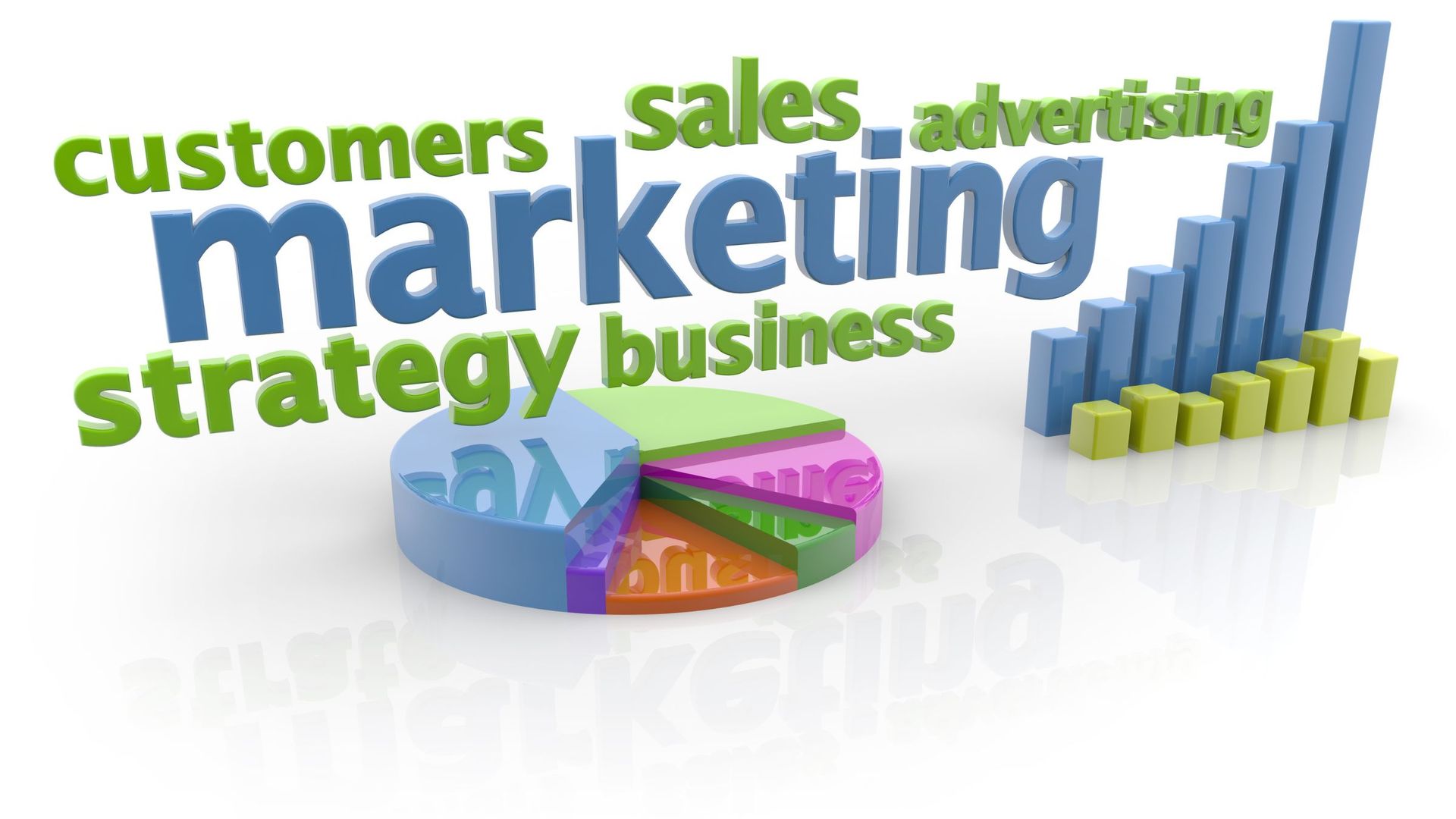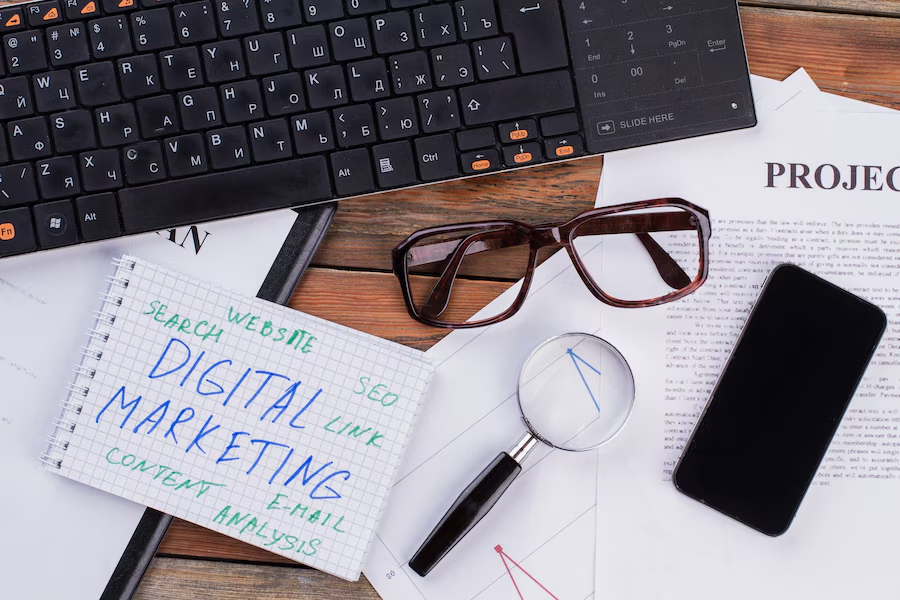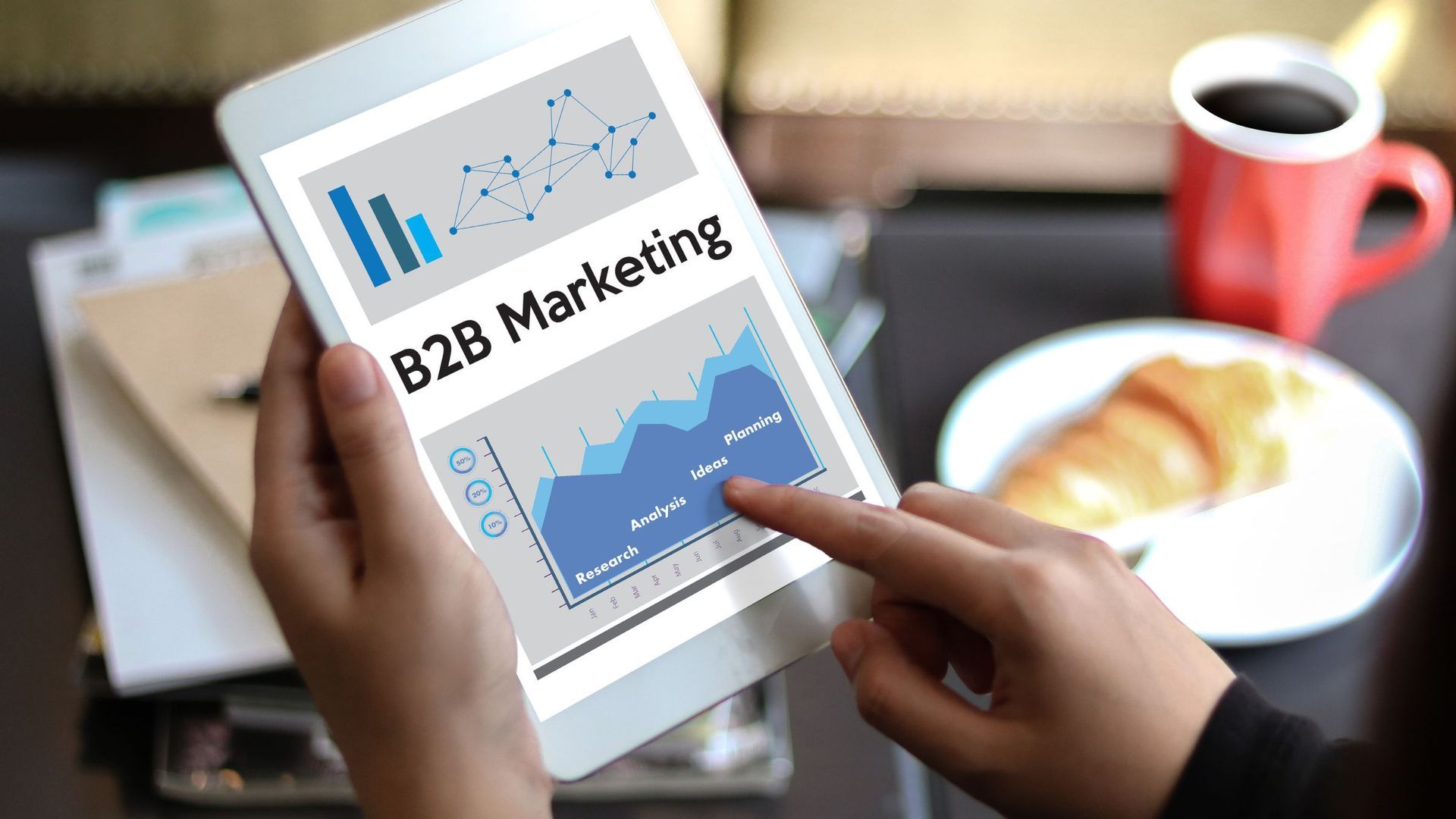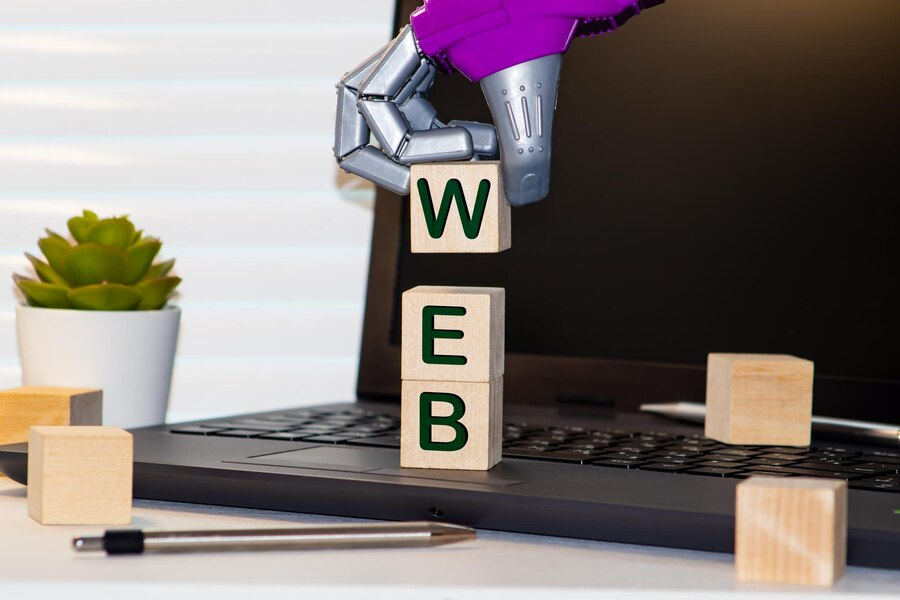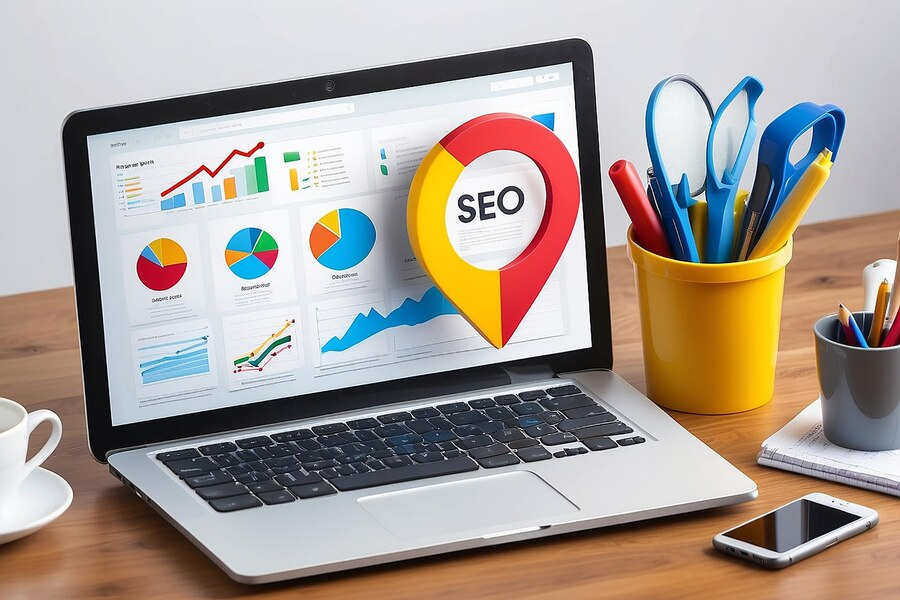222 Capitol Street, Suite 522
Charleston, WV 25301

On-Page Seo: Key Elements For Success
In the world of digital
marketing, getting your on-page SEO right can make all the difference in boosting your website's visibility. With search engines evolving, understanding the key elements of
on-page SEO is crucial for staying ahead. It’s not just about sprinkling keywords; it’s about crafting content that speaks to both users and search engines. From optimizing your headlines and meta descriptions to improving site speed and ensuring mobile-friendliness, each component plays a vital role in enhancing your site's performance. This guide will break down these essential elements, helping you create a more effective strategy and achieve greater online success. Let’s dive into the core of on-page SEO.
Crafting Compelling Meta Descriptions
Meta descriptions are essential for enticing users to click on your link in search results. They appear beneath the page title and should offer a concise summary of what your page is about. To craft a compelling meta description, focus on creating a clear, engaging message that includes relevant keywords naturally.
Aim for a length of 150-160 characters to ensure your description isn’t cut off in search results. Highlight the unique value or benefits of your content to grab attention. A well-written meta description not only helps in improving your click-through rate but also serves as a mini-advertisement for your page, encouraging users to explore your site further.
Optimizing Headings for Search Engines
Headings, including H1, H2, and H3 tags, play a crucial role in organizing content and enhancing its readability. For SEO purposes, optimizing headings involves using relevant keywords while ensuring they clearly represent the content of each section. Your H1 tag should reflect the main topic of the page and contain primary keywords, while H2 and H3 tags should break down subtopics and include secondary keywords where appropriate.
Well-structured headings make it easier for search engines to understand the hierarchy and relevance of your content, which can positively impact your rankings. Additionally, properly formatted headings improve user experience by making content easier to scan and navigate.
The Role of Internal Linking in SEO
Internal linking is a strategic practice that connects different pages within your website. This method helps search engines discover and index more of your content, which can enhance the overall visibility of your site. Effective internal linking distributes page authority throughout your site, improving the SEO of individual pages. It also aids in creating a logical site structure, making it easier for both users and search engines to navigate.
By linking to related content, you encourage visitors to explore more of your site, increasing engagement and time spent on pages. Ensure that your internal links use descriptive anchor text to enhance their relevance and effectiveness.

Improving Mobile-Friendliness for Better Rankings
In today’s digital landscape, mobile-friendliness is more crucial than ever. With a growing number of users accessing websites via smartphones and tablets, ensuring your site performs well on mobile devices can significantly impact your search rankings and user experience.
- Responsive Design: Implement a responsive design that automatically adjusts your website’s layout and content to fit different screen sizes. This approach ensures a seamless experience across all devices.
- Fast Load Times: Optimize images and minimize code to reduce load times on mobile devices. Faster load times improve user satisfaction and reduce bounce rates.
- Readable Text: Use larger fonts and ensure text is legible without zooming. This enhances readability on smaller screens and keeps users engaged.
- Touch-Friendly Navigation: Design navigation elements that are easy to tap. Avoid small buttons and links that are difficult to select on touchscreens.
- Avoid Intrusive Pop-Ups: Minimize or eliminate pop-ups that can obstruct content on mobile devices. Intrusive pop-ups can frustrate users and lead to higher bounce rates.
Enhancing mobile-friendliness is not just about meeting user expectations but also about aligning with search engine algorithms that prioritize mobile-optimized sites. By focusing on these key elements, you can improve user experience and boost your site’s rankings across mobile search results.
Utilizing Alt Text for Images Effectively
Alt text, or alternative text, plays a vital role in SEO and accessibility. It describes the content of images on your website, providing context to search engines and users who rely on screen readers.
- Descriptive and Relevant: Write clear, descriptive alt text that accurately represents the content and purpose of the image. Avoid generic phrases like "image" or "photo."
- Incorporate Keywords Naturally: Include relevant keywords where appropriate, but ensure they fit naturally within the context of the description. This helps with SEO without keyword stuffing.
- Keep it Concise: Aim for brevity while still providing sufficient detail. Alt text should be informative but not overly lengthy, ideally between 125-150 characters.
- Avoid Keyword Stuffing: Use keywords strategically and avoid overloading the alt text with them. This maintains readability and effectiveness without appearing spammy.
- Use Alt Text for Functionality: If an image serves a specific function, such as a button or link, describe its function in the alt text to improve usability for screen readers.
Utilizing alt text effectively enhances both SEO and accessibility, making your website more inclusive and discoverable. By focusing on descriptive, keyword-optimized, and functional alt text, you improve user experience and ensure your content reaches a broader audience.
Enhancing User Experience with Site Speed
Site speed is a critical component of user experience and SEO. A fast-loading website keeps visitors engaged and reduces the likelihood of them abandoning your site due to slow performance. Slow sites can frustrate users and lead to higher bounce rates, negatively impacting your search engine rankings.
To enhance site speed, optimize images, minimize HTTP requests, and use caching strategies. Regularly monitor your site’s performance and make adjustments as needed to ensure fast load times. Improving site speed not only boosts user satisfaction but also helps search engines crawl and index your pages more efficiently, contributing to better overall SEO results.
Creating SEO-Friendly URL Structures
SEO-friendly URLs are designed to be both user and search engine friendly. A well-structured URL should be simple, descriptive, and include relevant keywords related to the page content. Avoid complex URLs with unnecessary parameters or random strings of characters. Instead, use clear, meaningful keywords separated by hyphens, which helps both users and search engines understand the page’s topic at a glance.
A clean URL structure improves usability and can enhance search engine visibility by clearly indicating the content of the page. Consistent and straightforward URLs also contribute to a more organized site structure, facilitating easier navigation and indexing by search engines.
Balancing Keywords with Natural Content
Effective keyword usage involves integrating keywords into your content in a natural and seamless manner. While it’s important to include relevant keywords to improve SEO, avoid the practice of keyword stuffing, which can make content awkward and difficult to read. Instead, focus on creating high-quality, engaging content that naturally incorporates keywords where they fit contextually.
Use synonyms and related terms to enhance readability and maintain a natural flow. Balancing keywords with compelling content not only helps with search engine rankings but also ensures a positive user experience. Providing valuable, well-written content will attract and retain readers, boosting both your SEO and overall site engagement.
Conclusion
Mastering on-page SEO is essential for boosting your website’s visibility and improving user experience. By focusing on elements like compelling meta descriptions, optimized headings, strategic internal linking, and mobile-friendliness, you can create a site that not only ranks higher in search results but also engages and retains visitors. Incorporating effective alt text for images and maintaining a balance between keywords and natural content are also crucial for comprehensive SEO success. Implementing these strategies will enhance your site’s performance and help you stay ahead in the competitive digital landscape.
For expert guidance on optimizing your website’s on-page SEO, reach out to Ideation Digital Marketing. Located at 222 Capitol Street, Suite 522, Charleston, WV 25301, we’re here to help you achieve your digital marketing goals. Call us at (304) 814-2445 to get started.

Main Office
222 Capitol Street, Suite 522
Charleston, WV 25301
other offices
48 1/2 Second Ave, Williamson, WV 25661
20 Clinch Mountain Ave, Lebanon, VA 24266,
Contact
DIGITAL MARKETING SERVICES
All Rights Reserved | Ideation Digital
Private Policy
All Rights Reserved | Ideation Digital
